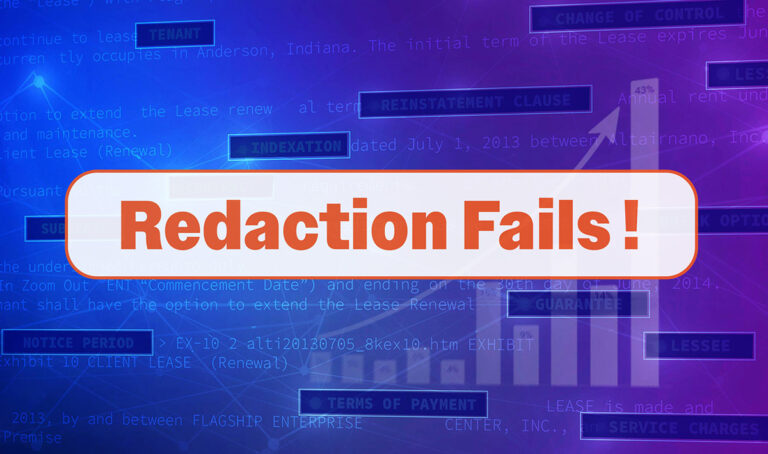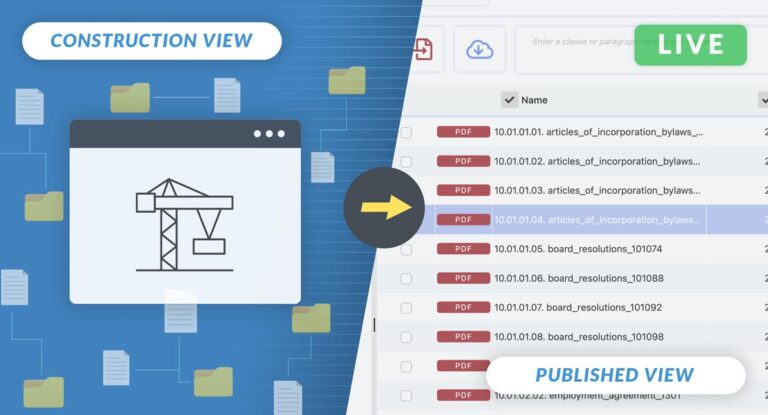This article provides the key takeaways from the Global & Regional Merger and Acquisition report (published by Mergermarket) for H1, 2019.
In 1H19, the deal value is down 11% on 1H18 but up 17% on 2H18. In this period, 8,201 transactions were made, amounting to $1.80tn worth of deals.
When you dig deeper, you see M&A trends starting to shift in new directions because of the current state of the global economy.
USA
The United States has taken the biggest share of worldwide M&A value on Mergermarket record, with 53.2% for the current year to date. This has happened for two reasons. Firstly, you have weak performances in Asia and Europe, down 34.2% and 38.8% respectively compared to the same period last year. However, the US has also performed strongly and is up 14.6 % by value when compared with the same period in 2018.
Nine of the top ten deals struck in 2Q19 have targeted companies based in the US. Moreover, six of the nine were a consequence of domestic consolidation among US-based businesses.
Compared to the yearly average of 61.3%, which has been in place since 2010, domestic mergers and acquisitions have risen to 67% of overall activity. This is amid rising protectionism globally and heightened geopolitical risks.
There were new heights attained in the tech sector for mergers and acquisitions in 2019. This has been driven by the demand for cloud services and data analytics for companies of all sizes across all industries, as well as private equity. The tech sector was responsible for 15.9% of deal activity by volume globally for 1H19, amounting to 1,307 deals. It has become a highly favourable area for private equity, accounting for 23.2% of all worldwide buyouts so far this annum.
Europe and EU Uncertainty
European M&A has been defined more so by deals that have failed in 2019, rather than those that have gone through. There was however a late flurry of deals, including the $86.3bn acquisition of Allergan by AbbVie.
Economic and political uncertainty impacted corporate confidence resulting in reluctance for companies to heavily invest across the continent. 3,223 deals were completed with $391bn spent on European assets. This is a 38.8% drop, with $638.9bn spent for the comparable period in 2018.
Subdued sentiment and low activity have been felt throughout H1. This has been highlighted by failed deals, such as Sainsbury’s/Asda and China Three Gorges/EDP.
Compared to 1H18, deals between European firms have dropped by 40.4%. This happened despite leading politicians calling for the creation of ‘European champions’ able to battle with US and Asian giants.
Because of this, corporates across Europe are exploring other avenues for growth. The majority of European outbound mergers and acquisitions targeted the US. In the past three months, the US received a 70.4% share by value.
There were also buyouts of 20.7% of European M&A value due to high levels of fundraising. This represents the biggest YTD share since the financial crisis.
There seems to be potential for more activity with private equity companies reportedly circling assets, for instance, BASF’s construction chemicals unit and Kanter, which is a marketing firm based in the UK. Both could result in multi-billion dollar valuations.
We have also seen the highest ratio of public-to-private buyouts in value and volume since the financial crisis. This has amounted to a combined $21bn.
Nonetheless, a severe lack of inbound activity has been just as damaging as the European tendency to buy outside of the continent. If not for the Allergan acquisition, quarterly inbound mergers and acquisitions would have failed to reach $50bn, for the first time since 4Q13.
There have, however, been sustained levels of strong activity amongst the Nordics accounting for 12.9% of inbound deals. This is the highest YTD volume on record. It appears that this area is more open to foreign investment than the likes of the UK, Germany, and France.
While there is no denying that we still have the active fundamentals in place behind the mergers and acquisitions market in Europe, dealmaking is plagued with uncertainty at the moment and this could continue in 2H19
“Contending with a challenging political environment appears to be the ‘new norm’ for European dealmakers”
Jonathan Klonowski,
Research Editor (EMEA) at Mergermarket
“Several large companies, sometimes under activist pressure, are using M&A to strengthen their grip on their home markets”
Beranger Guille,
Global Editorial Analytics Director at Mergermarket
It will be interesting to see how the M&A cycle develops throughout 2019; keep an eye on Imprima’s LinkedIn page for more insight.








